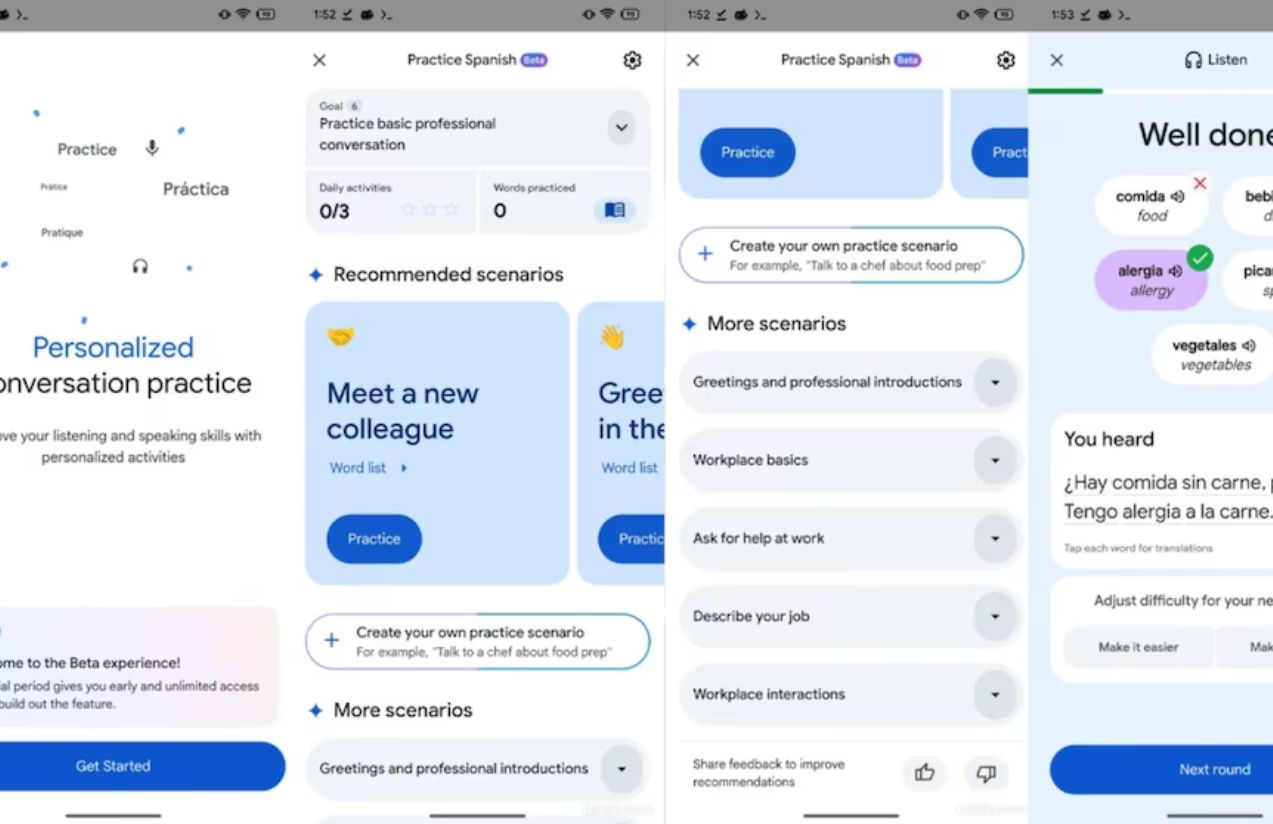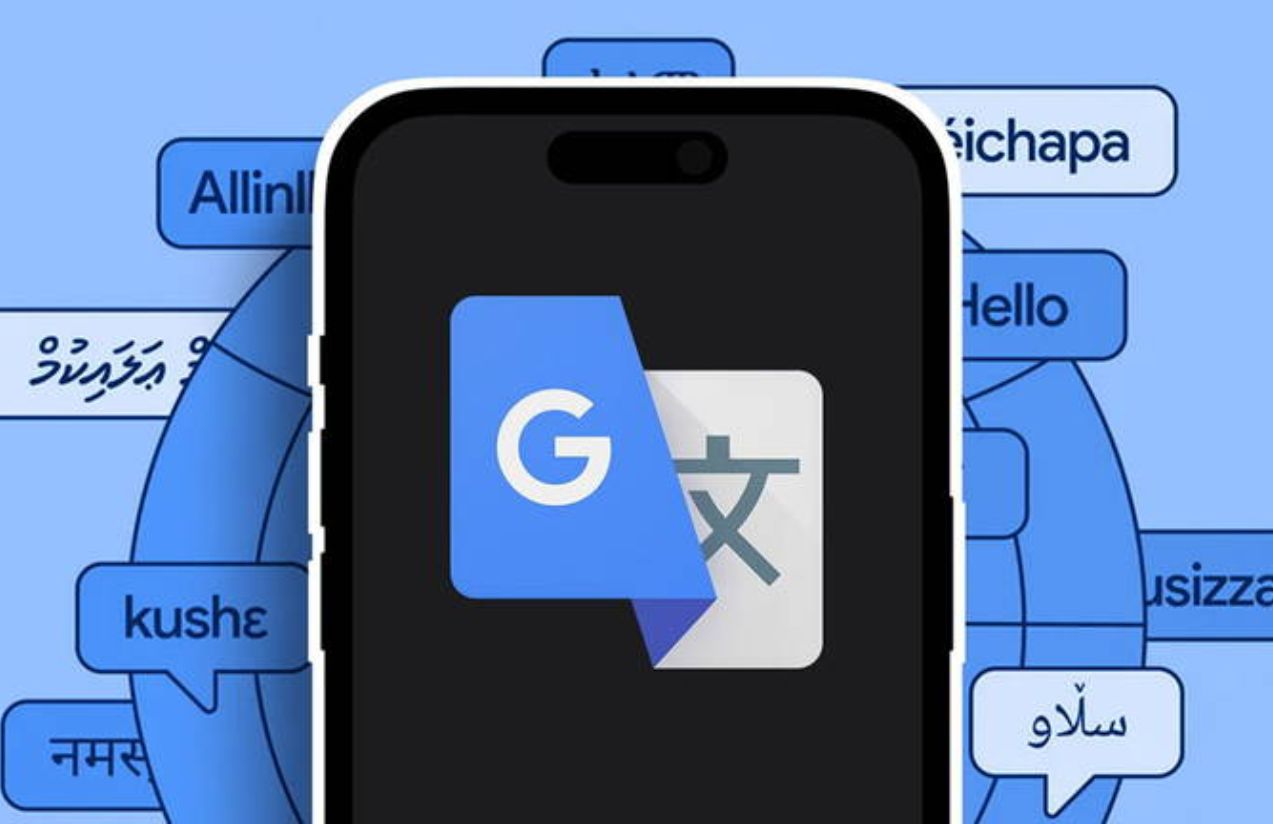Google is preparing to redefine its popular Translate app with the addition of a new feature called “Practice”, designed to help users learn languages in a more interactive way. This tool combines personalized exercises, themed scenarios, and daily activities, positioning Google Translate as a potential competitor to well-known platforms such as Duolingo.
Currently in testing, “Practice” aims to move beyond simple translations. After translating a word or phrase, users will see a graduation-cap icon that takes them to the new learning hub. The welcome screen notes that this is “early and unlimited access,” which strongly suggests that Google may introduce a subscription plan in the future.
The learning process begins by selecting the target language and the user’s current proficiency. Lessons are then presented through thematic scenarios like greetings, food, or beverages, and users even have the option to create custom situations. This personalized approach makes learning more relevant and engaging.

“Practice” also tracks progress with interactive rounds, encouraging daily consistency. Feedback is immediate, helping users correct mistakes and reinforce knowledge. The system relies on spaced repetition, a method widely recognized for improving memory retention. In addition, Google leverages its advanced AI to suggest vocabulary, pronunciation improvements, and context-based corrections, making the experience more dynamic than traditional flashcards.
Will this feature remain free or become a paid service?
At the moment, access is free during the trial phase. However, the wording of the welcome screen suggests that Google could introduce “Practice” as part of a paid plan, although no official pricing details have been revealed.












